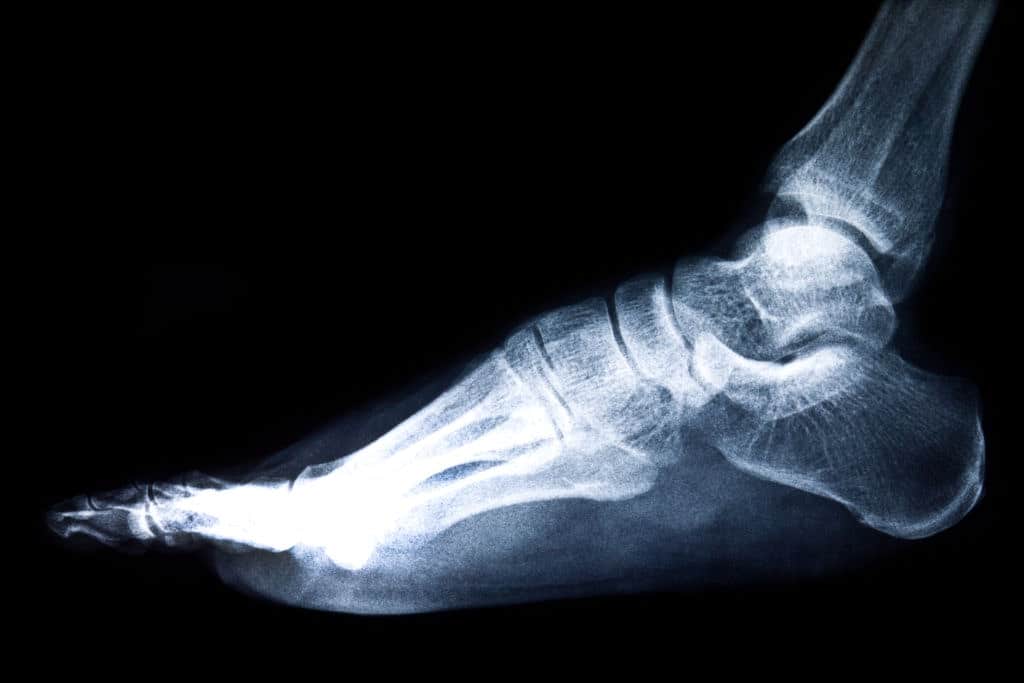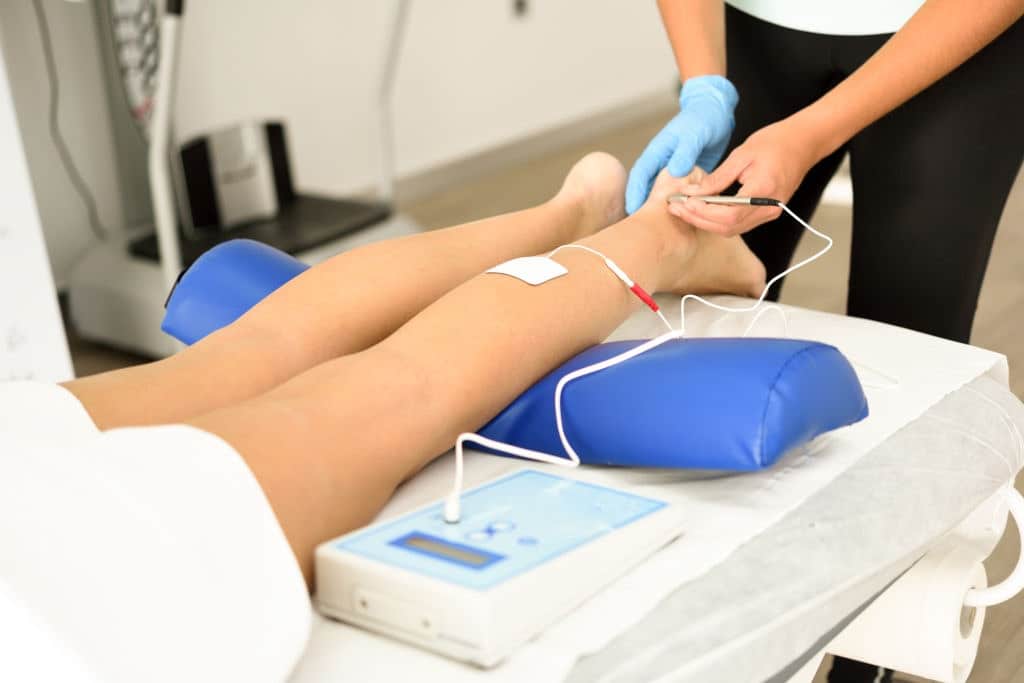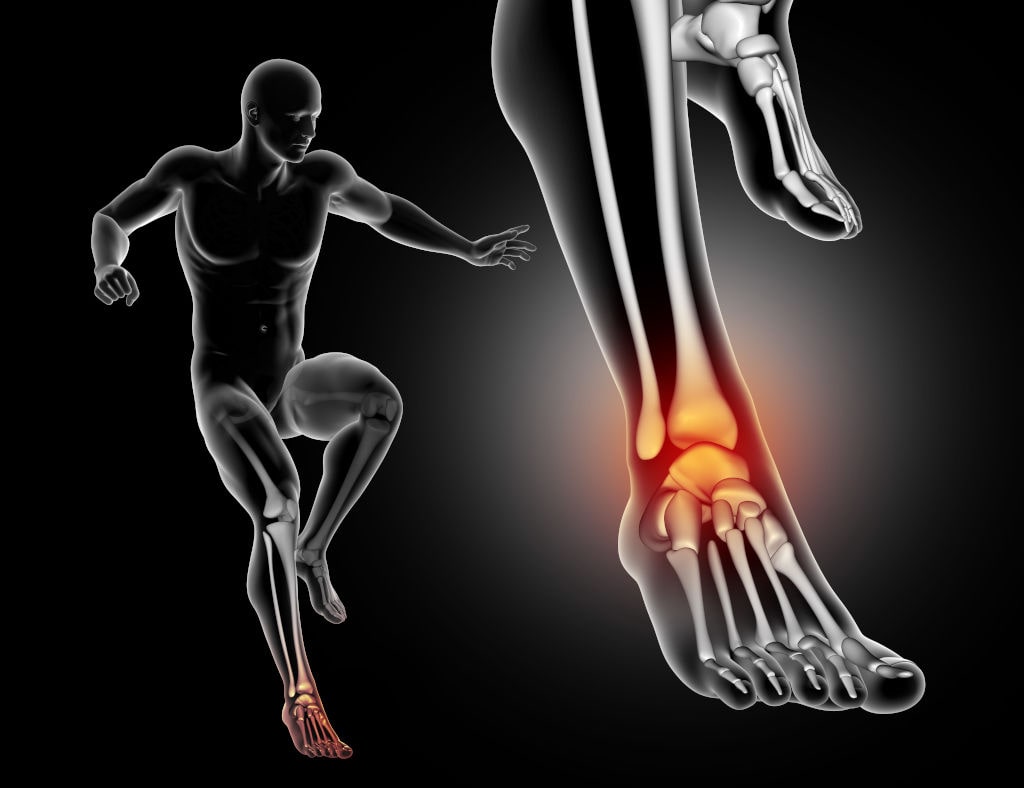One of the easiest ways to get in shape is to run, but not many knows about Sesamoidectomy. Running provides remarkable health advantages. According to research, running even 5 to 10 minutes daily has been linked to significantly lower chances of cardiovascular disease. Even though running is a delight, it carries the anguish of injury. One painful ailment affecting athletes, particularly runners, is sesamoid bone injury. Sesamoid injuries can be excruciatingly painful. This is why many athletes restrict their running potential and even their sporting careers.
Due to the excessive strain on the foot’s ball, sesamoid injuries are also quite common in dancers. They are also typical among other sportsmen, particularly football players, because of their propensity to sprint too much with the ball of the foot.
Generally, patients with sesamoid bone injuries experience difficulty walking and doing daily activities. Walking might result in a deep, aching, or cutting sensation behind the big toe.
What Is Sesamoidectomy?
Under the big toe is a bone called the sesamoid. There are two of them, and together, they support and strengthen the toe. The sesamoid bones are fundamental to the functioning of the body. These bones function as pulleys for the tendons. They also assist in absorbing trauma.
Commonly, sesamoid bone injuries develop when the tendons connected to the sesamoid get inflamed or fractured. Surgery is the next best option when non-surgical treatments fail to relieve the pain and inflammation. This procedure is known as sesamoidectomy.
Sesamoidectomy is a procedure that removes one or more sesamoid bones to reduce discomfort and inflammation. Rarely are both bones removed because doing so can cause permanent damage to the patient.
Although it’s not very common, a sesamoidectomy should be carefully considered if 6–12 months of conservative treatment don’t work. For instance, if the patient continues to have incapacitating symptoms after using a cast or special shoes, a sesamoidectomy can be used.

What Are The Causes Of Sesamoid Bone Injury
Several reasons can cause sesamoid bone injury. However, they are primarily a result of fracture or inflammation. Inflammation of the tendons can result from overuse of the sesamoid bones. The sesamoid bones are tiny round bones that can be severely injured when too much weight is placed on them.
For instance, the sesamoid bone can be inflamed when the tendons endure frequent damage from wearing high heels or improper-fitting shoes. Consequently, resulting in a condition known as sesamoiditis.
Sesamoiditis, a type of tendinitis or tendinosis, is a common injury for ballet dancers, runners, and professional athletes.
Furthermore, like other bones, sesamoid bones can fracture from a traumatic injury. Overuse can potentially cause a stress fracture in them.
What Is The Standard Procedure Of Sesamoidectomy?
As we have stated earlier, sesamoid bone injury can be disastrous. People that experience this condition are often prevented from engaging in their hobby(running). They are also prevented from going about their daily activities with ease.
It is, therefore, disheartening for a patient to walk into a hospital to treat this condition to get their normal life back, only to come out with a more substantial hardship.
To bring a good claim for podiatric malpractice, it is crucial first to demonstrate how the correct procedure is carried out before one can display how the sesamoidectomy surgery was done improperly. After that, the animation will show how the podiatrist’s error affected the patient and at what point it occurred.
Before the surgery, the anesthesiologist will provide anesthesia that will reduce the pain level after the surgery. On the bottom of the patient’s foot, and occasionally on the side, a tiny 2-4 cm incision will be created over the injured sesamoid. At this juncture, it’s essential to point out that a podiatrist’s incision approach can go a long way to either harm or treat a patient.
In some circumstances, if the podiatrist makes an incision from the lateral side of the foot rather than the medial side, the surgery would cause more harm than good. This is because the tendons would be severed. Thereby leading to surgical complications.
On another occasion, an incision from the lateral site may be more advisable. Hence, the incision approach a podiatrist will take is based on the distinctive need of the patient.
More on Sesamoidectomy Procedure
Moving on, the podiatrist will perform a dissection up to the tendon that surrounds the sesamoid. At this point, the sesamoid will either be partially or entirely removed.
This is the trickiest part of the surgery. The sesamoid must be removed with extreme care. Any negligence of the podiatrist may lead to severe complications and irreparable damage to the patient.
An x-ray can be used to detect any portion of the sesamoid that might have broken off during surgery.
After the sesamoid bone has been removed, the skin is stitched together, and the incision site is covered with a bandage.

Using Medical Animations to Show Errors During Sesamoidectomy
Several complications accompany the surgical removal of an injured sesamoid bone. This includes bleeding, continued pain, infection, and thick scar. If a patient experiences any of these well-known risks, the patient can not successfully claim damage for such a complication.
On the other hand, an error made during the procedure may occasionally be the root cause of complications following a sesamoidectomy. In such circumstances, a patient can get compensation using medical animation.
Consequently, if the matter goes to court, it is crucial to demonstrate the precise reason for the complication while emphasizing the departure from the accepted practice.
Medical animation can help illustrate the surgical error during the procedure and how it affected the injured person.
A surgical error that can occur during sesamoidectomy is failure to diagnose a sesamoid bone injury before it’s too late.
Case References
In the case of Leiman v. White, the plaintiff brought a medical malpractice action against the defendant for failing to diagnose and treat a sesamoid fracture in the plaintiff’s left foot.
As a result, the plaintiff’s pain and injuries worsened, necessitating surgical intervention and additional damages.
Time and time again, failure to properly diagnose a condition has proven to cause a lot of harm to the victim.
Medical animation can be applied in situations like these. It can demonstrate how difficulties could have been avoided with a quicker diagnosis.

There are also instances of a medical error where the wrong steroid bone is removed during surgery.
A case to explain this error is the case of Constantine v. Schneider. In this instance, the plaintiff had an accident that resulted in tibial sesamoiditis, with her right tibial sesamoid bone fractured. After some unsuccessful conservative treatments, the plaintiff opted for a sesamoidectomy.
During the surgery, the surgeon removed the fibula sesamoid bone rather than the tibial sesamoid bone. This caused her much more pain after the surgery. Her mobility was also restricted due to the severe pain she felt.
She then filed a medical malpractice claim against the defendant for negligence. The jury awarded her $114 000 for damages.
Let’s also consider the case of Bruneau v. Quick. Here, the defendant made a wrong incision that caused the plaintiff to lose flexion on her great toe.
Conclusion
In cases like this, medical animation can help show the causal relationship between the podiatric’s mistake and the complications that arose after the surgery. The severity of the injury can also be demonstrated to give the jury a sense of how much compensation is necessary.
Sesamoidectomy procedure can be illustrated by medical animators at Fox-AE. Our medical animators collaborate closely with attorneys and expert witnesses to produce admissible demonstrative evidence.





